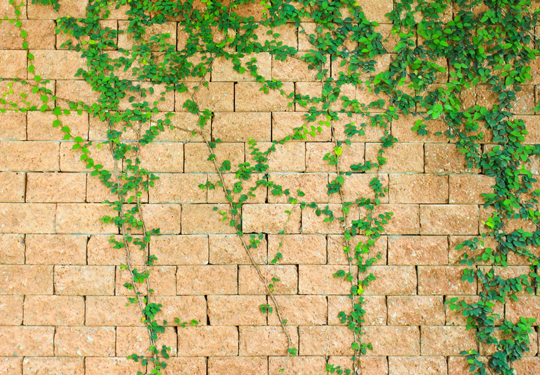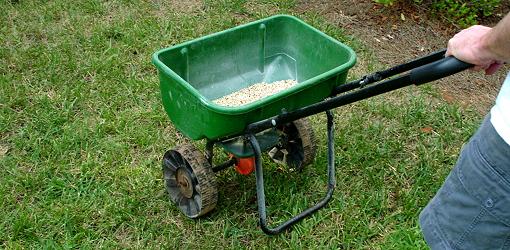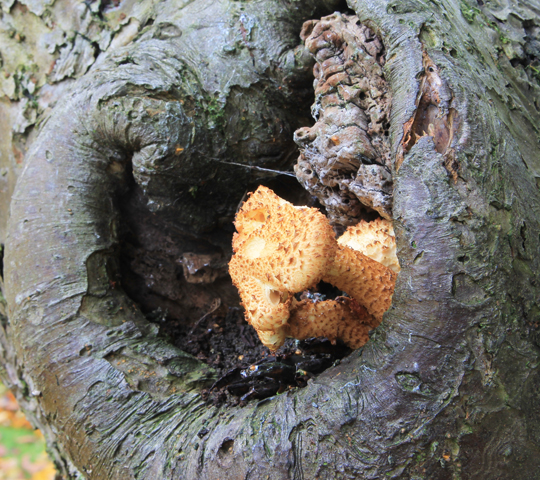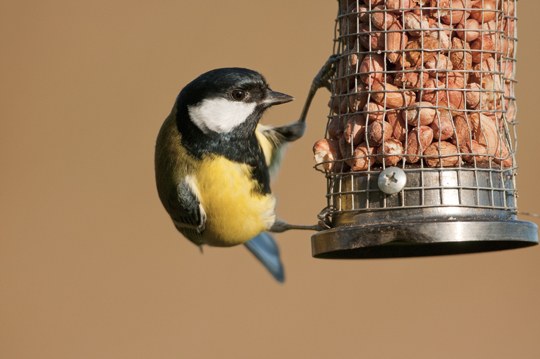A lush growth of plants on a building can bring a look of quaint, old-world sophistication. Charming cottages appear even more charming when flanked by leaves and vines; even the heralded Ivy League is so named for the impressive vine growth on buildings.
Beneath all that charm and beauty, though, lurks danger. Excessive vine growth can exacerbate cracks in brick or mortar, or damage a home’s paint job. Runaway vines can also facilitate an invasion of bugs, birds, or even small mammals. Vines growing on the outside of a structure can also trap moisture, leading to seepage, wood rot, and other problems. If you are dealing with vines growing on a brick house, there are some things you should know.
English Ivy, the most common form that grows on buildings, is very resilient. These plants are considered invasive, and getting rid of them won’t be as simple as pulling them out. In fact, grabbing a handful and tugging may do more harm than good — especially if the vines growing on a brick house have already found their way into the mortar or wood. Other common plants that grow on brick include:
Clematis: Similar to English Ivy, Clematis is less invasive as it requires support structures to grow.
Sweet Peas and Runner Beans: These are relatively harmless growths that produce pretty flowers and do not damage brick. However, they do attract birds, insects, and everything that feeds on them.
Succulents: There are many types of succulent plants that are just as feisty as vines growing on a brick house. Many succulents thrive there because their needs are so minimal. The good news is, they are easy to remove by hand.
How To Eliminate Vines Growing On A Brick House
1. Spray the ivy with a strong solution of warm water and a grease-cutting dish soap. The one they use to clean oil spills from animals is best. The dish soap will wash away some of the protective oils on the plants.
2. Use heavy work gloves and spray carefully with a weed killer. You may need to repeat this process in three days for it to make a noticeable difference. Resist the urge to mix the weed killer more strongly.
3. You’ll know it’s working when the ivy turns less green and shrivels a bit. This means the vine is drying out and dying, so it’s safer to pull it from your building without causing further damage.
4. If you can find them, use garden shears to cut along the walls, separating the ivy from the feeder veins.
Need Help?
Many landscapers can rid your lawn of these pesky plants. To contact a local professional who can help, try using TalkLocal. We take the work out of the search process, connecting you directly with the best professional for your needs!











